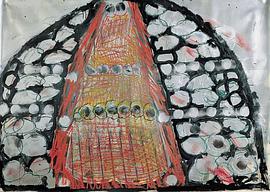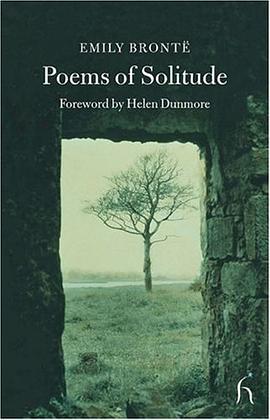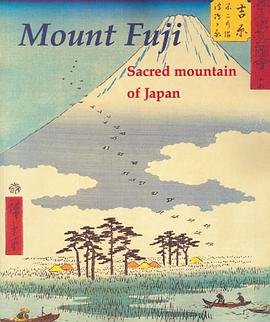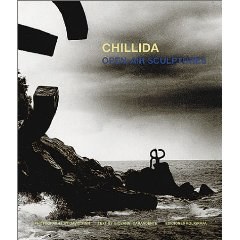

Mario Merz, the late, great proponent of Arte Povera, envisioned the contemporary artist as a nomad, ever mediating and meditating on the relationship between nature and culture. He began to make work after his arrest in 1945 for anti-fascist activities; confined to jail, he drew incessantly on whatever material he could find. After his release, he painted first in oil on canvas, then began to pierce the canvas--as well as objects such as bottles, umbrellas, and raincoats--with neon tubes, symbolically infusing them with energy. In 1968, Merz adopted one of his signature motifs, the igloo, symbol of the transitory artist. At base a metal skeleton, the igloo could be covered with site-specific fragments of clay, wax, mud, glass, burlap, or bundles of branches, and decorated with political or literary phrases in neon tubing. Merz's iconography later came to incorporate the Fibonacci formula of mathematical progression (1, 2, 3, 5, 8, 13, 21, 34...), stacked newspapers, archetypal animals, motorcycles, and the table, symbol of the human need for fulfillment and interaction. This posthumous monograph is the most complete publication on the artist. It includes documentation of his entire artistic production, including paintings, sculptures, installations, drawings, neon, and Fibonacci series work, plus many previously unpublished materials. With a comprehensive history of Merz's career, a bibliography, a biographic chronology, and critical essays, it offers a deep and deserving reflection of the artist and his significant role in 20th-century art.
具体描述
读后感
评分
评分
评分
评分
用户评价
相关图书
本站所有内容均为互联网搜索引擎提供的公开搜索信息,本站不存储任何数据与内容,任何内容与数据均与本站无关,如有需要请联系相关搜索引擎包括但不限于百度,google,bing,sogou 等
© 2025 book.wenda123.org All Rights Reserved. 图书目录大全 版权所有




















